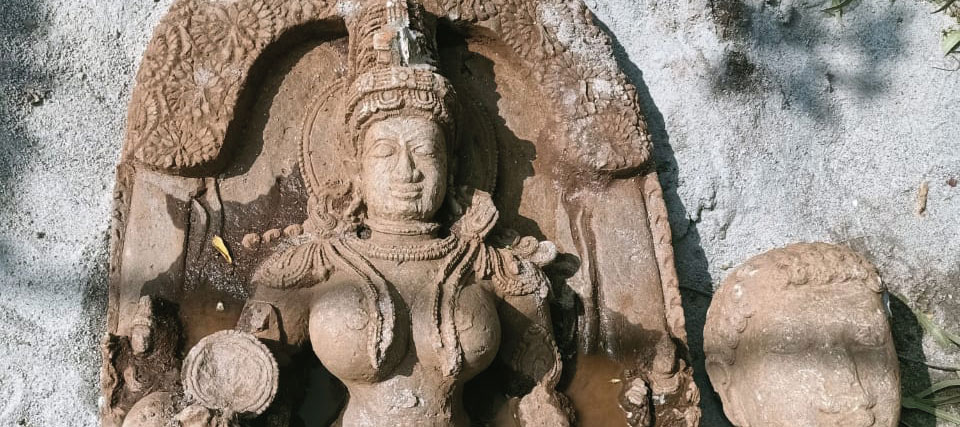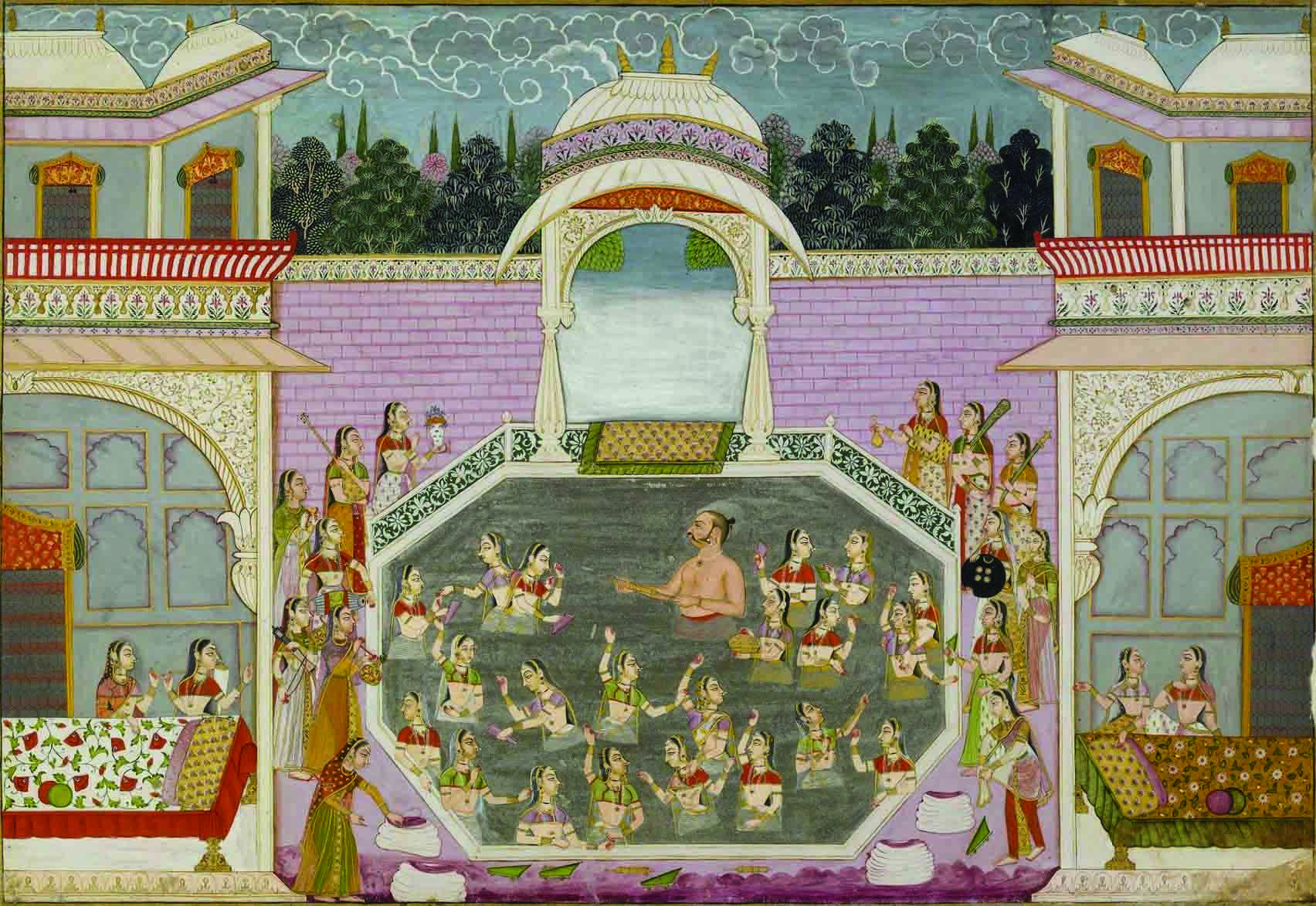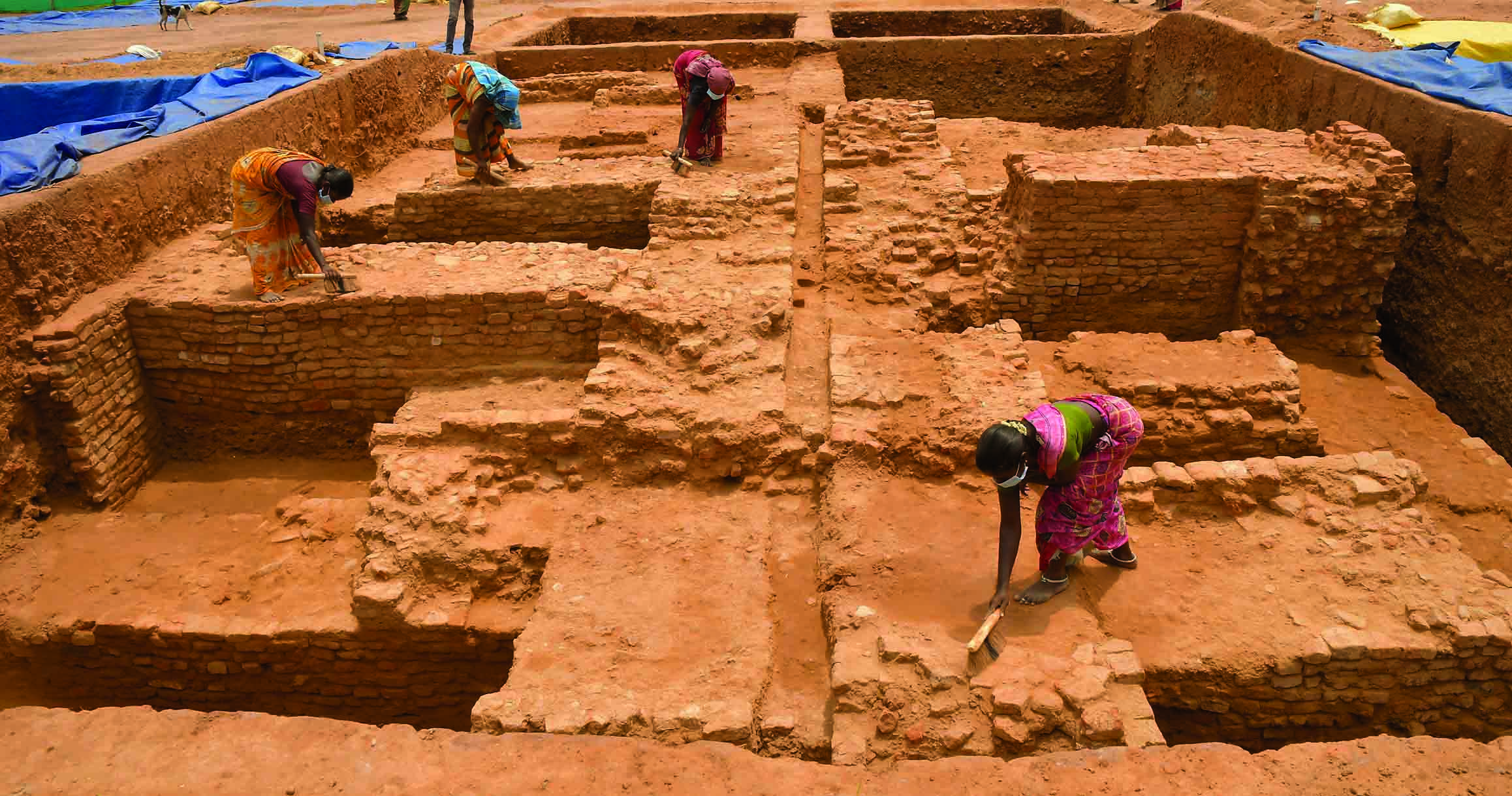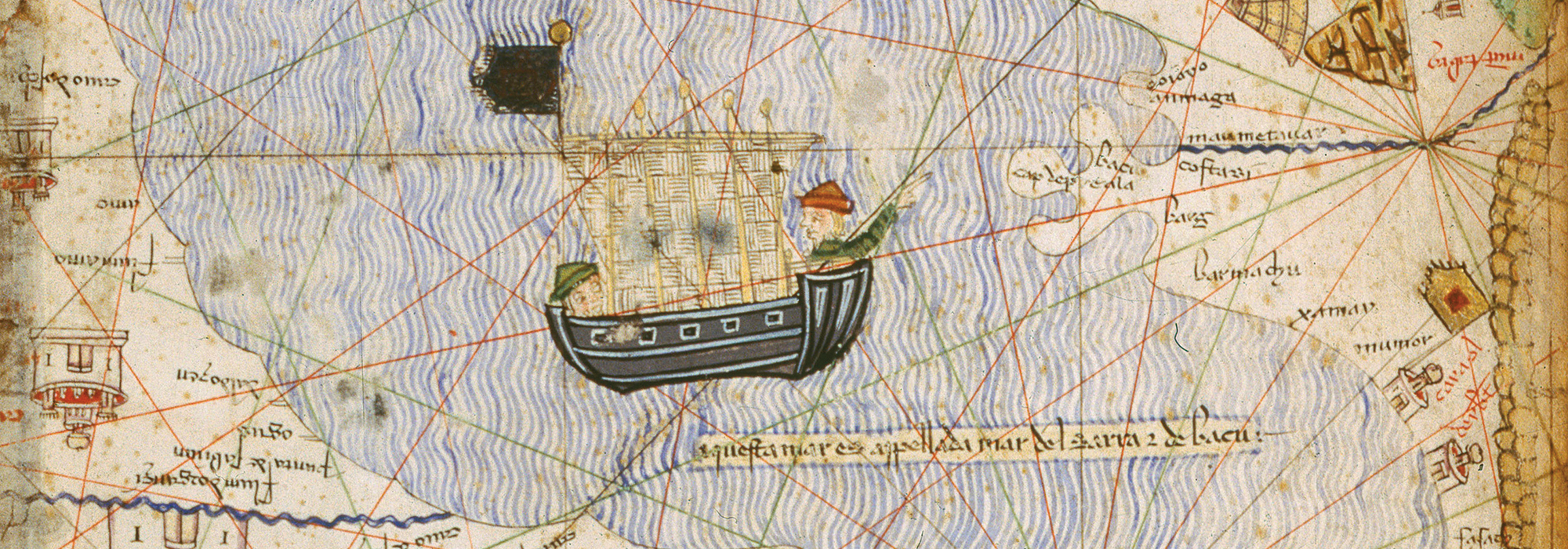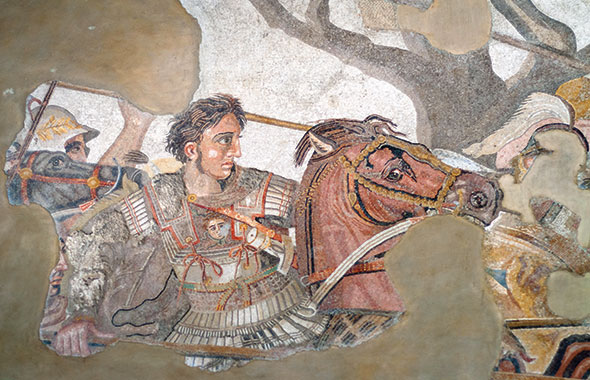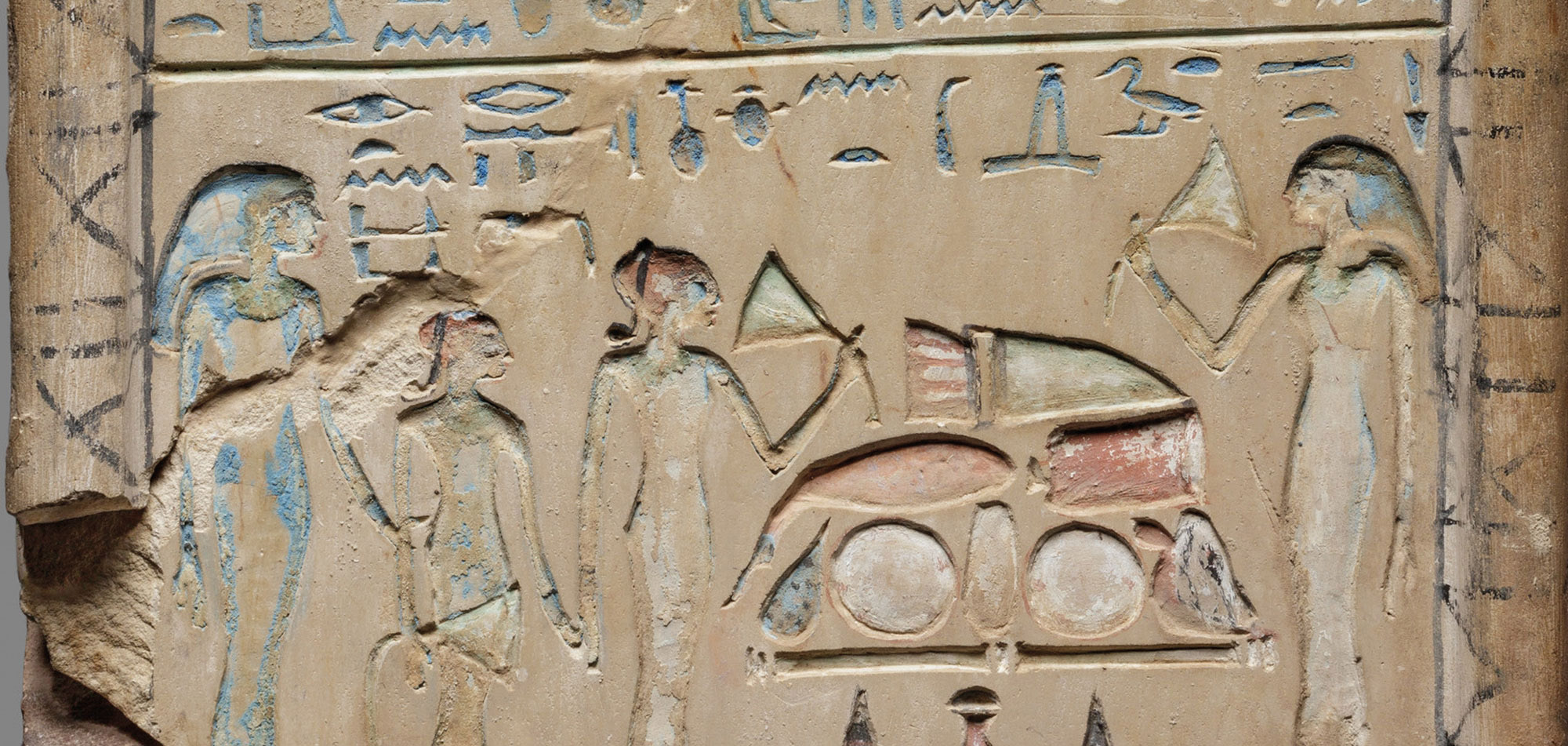
During construction of a new drain in the village of Varuna, near the city of Mysuru in southern India, archaeologists discovered three idols belonging to followers of Jainism. One of the oldest religions in Asia, Jainism traces its history through 24 tirthankaras, or spiritual teachers, who have conquered the cycle of death and rebirth. The newly unearthed idols, two of which depict men and one of which depicts a woman, were discovered just three feet below the surface. Archaeologists believe that the two male idols represent tirthankaras, while the female idol represents the goddess Kushmanda Devi.
Varuna, along with neighboring areas, was a center of Jainism from the ninth to thirteenth century A.D., at which point Vaishnavism, a form of Hinduism, began to flourish and Jainism started to wane. “The three idols had broken hands and legs, and only one idol had its head intact,” says retired archaeologist N. S. Rangaraju of the University of Mysuru. “The Vaishnava rulers demolished the sculptures and temples belonging to the previous rulers, and these three idols might have suffered damage at this time.”


